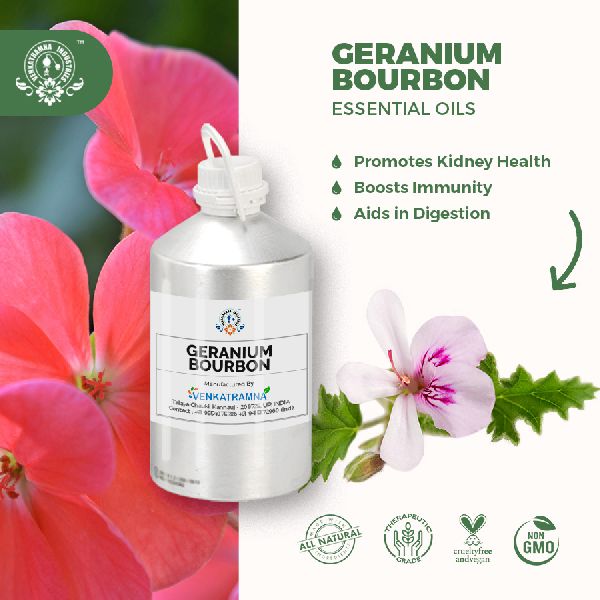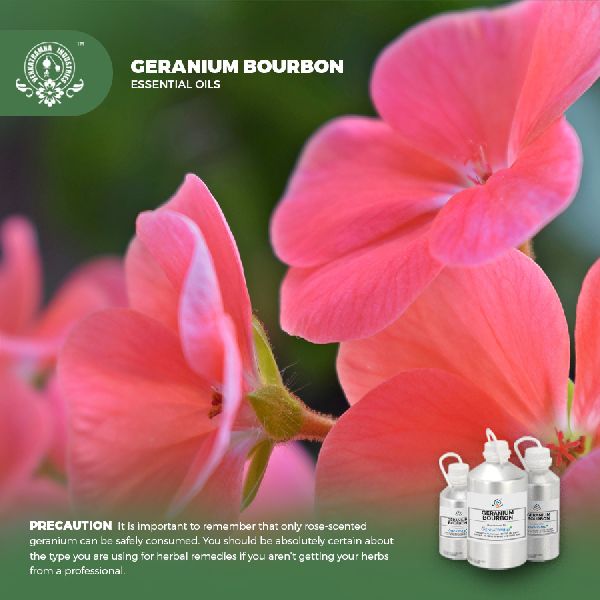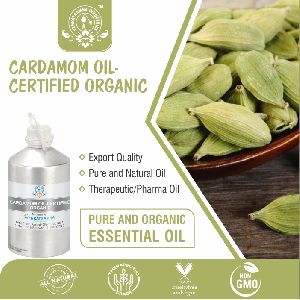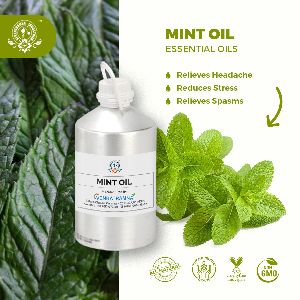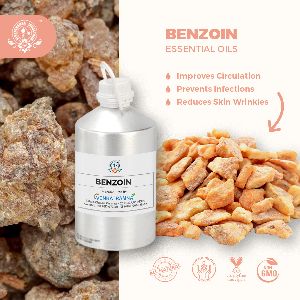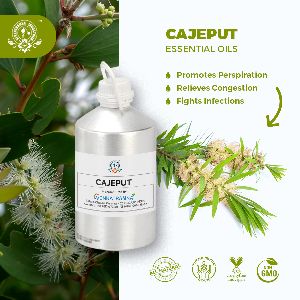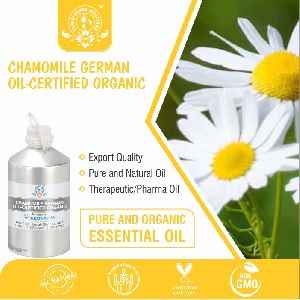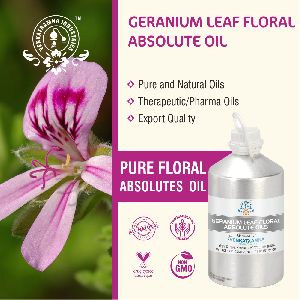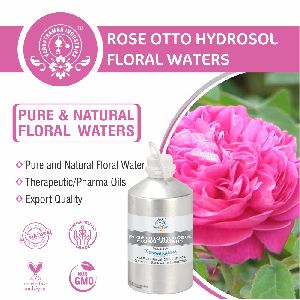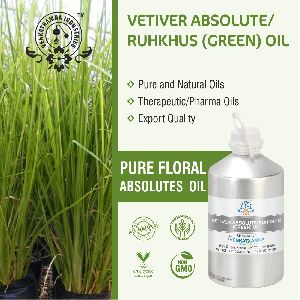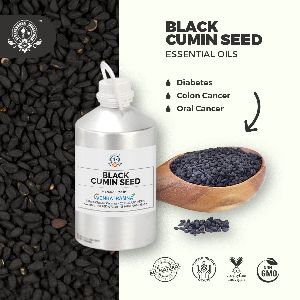Indra Nagar, Kanpur, Uttar Pradesh - GST No. 09AVOPS2676K1ZN
- Send SMS
- Send Email
Geranium Wild Crafted Essential Oil
| Business Type | Manufacturer, Exporter, Supplier, Retailer, Wholesaler |
Preferred Buyer From
| Location | Worldwide |
M. cajuputi is one of the 10 species that together form the M. leucadendra (L.) (also often named M. leucadendron ) complex. Many early references to M. leucadendra or M. leucadendron yielding cajeput oil from Indonesia and Vietnam in fact refer to M. cajuputi . It is often difficult to distinguish species within the complex, especially in areas where they overlap, because distinctive characteristics also overlap. Within the complex, M. cajuputi is most closely related to M. viridiflora Sol. ex Gaertner and M. quinquenervia (Cav.) S.T. Blake. Distinctive characteristics are: M. cajuputi has leaves with petiole 3-11 mm long, blade mostly longer than 5 cm and less than 2.5 cm wide, old leaves densely dotted with glands, rather thin in texture, with reticulations almost as prominent as the main veins and young shoots with spreading hairs. M. viridiflora has leaves with petioles 1-2 cm long, blades wider than 2.5 cm, very thick, young shoots with appressed silky hairs. M. quinquenervia is like M. cajuputi but its old leaves are not conspicuously dotted with glands, not thin-textured and have obscure reticulations. It is Evergreen shrub or usually single-stemmed tree up to 25(-40) m tall with an extensive root system, sometimes with aerial adventitious roots. Bark layered, fibrous and papery, grey to white. Crown fairly dense and wide, somewhat silvery in appearance; smaller branches and twigs slender but not drooping, young shoots densely silky hairy with spreading fine hairs up to 2 mm long.
M. cajuputi is a long-lived, moderately fast-growing tropical tree adapted to both waterlogged and well drained soils. On soils subject to prolonged waterlogging it develops aerial adventitious roots, which can form buttresses on the lower trunk. Like all melaleucas, it does not develop dormant buds and grows whenever conditions are favourable. After bush fires, it will regenerate by seed, coppicing and from root suckers.
The term "wild" when applied to plants or plant species refers to those that grow spontaneously in self-maintaining populations in natural or semi-natural ecosystems and can exist independently of direct human action. Venkatramna Industries have selective wild varieties of species which are being conserved to obtain oil and this is one of them. These species are the wild species (Original of their genera), means they are not Genetically modified (GMO), Non-Hybrid and no artificial or desired characters were induced. Collectively we call them Wild Crafted Essential Oils
Intended Benefits/Uses or Properties
The oil is a common household medicine, especially in South-East Asia, used internally for the treatment of coughs and colds, against stomach cramps, colic and asthma. It is used externally for the relief of neuralgia and rheumatism, often in the form of ointments and liniments, and for the relief of toothache and earache. It is also applied in treating indolent tumours. The oil is reputed to have insect-repellent properties; it is a sedative and relaxant and is useful in treating worms, particularly roundworm, and infections of the genito-urinary system.
Cajeput Oil in Pharma
The leaves are used to distill 'cajeputi oil' or 'tea tree oil' which has medicinal and antiseptic uses such as medical ointments. It is used to treat gout by the Burmese. in Southeast Asia, it is used for relieving rheumatism and joint pains, as well as pain killer. In Malaysia, it is used in the treatment of colic and cholera. In Indonesia, the oil is used externally for burns, colic, cramps, earache, headache, skin diseases, toothache and wounds. Internally, it is used to induce sweating as a stimulant and as an antispasmodic. In Philippines, the leaves are used to treat asthma.
Specifications
| Botanical Name: | Melaleuca cajuputi (Melaleuca cajuputi Powell) |
| Common name: | Gelam, Paper Bark Tree, Kayu Puteh, Tea Tree, Paper-bark, Cajeput, Cajeput Oil Tree, White Tree, White Wood |
| Plant family: | Myrtacea |
| Genus: | Melaleuca |
| Appearance/Color: | A pale yellow, sometimes with a green tint-white mobile liquid. |
| Odor: | Oil has a fresh, camphorous aroma resembling the combined fragrances of camphor, rosemary, and cardamom, with a slight fruity note; a middle note with a medium strength aroma (fresh, minty, camphor). |
| Blends With: | Cedarwood, clove bud, labdanum origanum, rosemary, and thyme. |
| Origin | Vietnam |
| Source | Leaves and Twigs |
| Method of Extraction | Steam Distillation |


